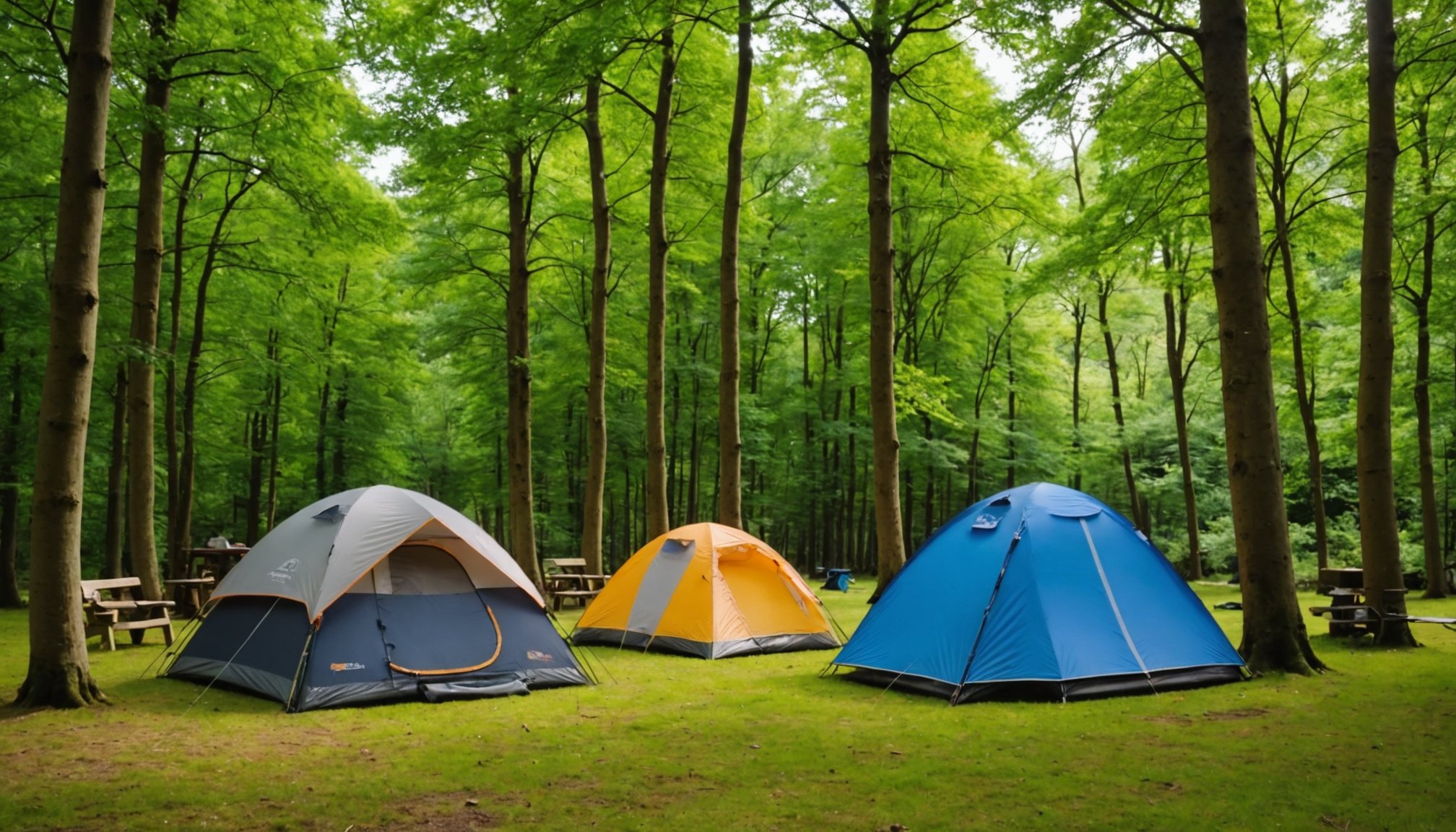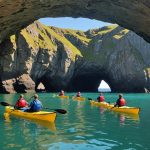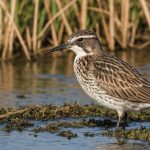Evaluating Campsite Locations for Photography Retreats
Selecting the ideal campsite location for photography retreats is crucial to ensuring a successful and enriching experience. The natural landscape plays a pivotal role in providing photography opportunities that inspire creativity and capture stunning visuals. It is essential to find locations where the landscape itself becomes a subject of photography – think vast meadows, striking mountain ranges, or serene lakes.
When evaluating campsite locations, the accessibility and proximity to photographic hotspots should not be overlooked. Easy access allows photographers to transport equipment with ease and spend more time at key locations. Proximity to renowned spots can save time and effort, making the retreat more enjoyable. Consider locations that offer diverse settings within a short distance, such as multiple trailheads leading to varying landscapes.
Also to read : Top Tips for Keeping Your Tent Dry on Your UK Camping Adventure
Safety and legal considerations are also indispensable when choosing campsites. Always ensure that the chosen site allows photography, as restrictions may apply in certain conservation areas. It is vital to respect local laws and guidelines to safeguard both photographers and the environment. Prioritize campsites with clear pathways and safe environments, enabling photographers to focus on their craft without undue concern. By thoughtfully evaluating these aspects, you can maximize the potential of each photography retreat, turning moments into masterpieces.
Features to Consider in a Campsite
When selecting a campsite, essential amenities play a crucial role, especially for photographers looking to capture the perfect shot. Photographers should ideally seek locations boasting facilities such as clean restrooms and potable water, contributing to a comfortable camping experience without deterring focus from the artistry itself.
This might interest you : Essential Guide to Camping Sustainably Near UK”s Protected Wildlife Areas
A key factor is the availability of natural light. Campsites with unobstructed views, especially towards the east and west, allow photographers to take advantage of the golden hour—a time when sunlight is softer and more flattering, thus enhancing the quality of photographs. Scenic backdrops are another significant attribute. Whether it’s a majestic mountain range, a serene lake, or dense woodlands, these elements serve as spectacular settings, elevating photography to new heights.
Furthermore, the site layout can impact your photographic pursuits. Spacious sites with various vantage points are ideal, as they allow for diverse compositions and perspectives. Consider whether the campsite offers trails or open spaces conducive to capturing dynamic landscapes or wildlife. In essence, a well-chosen campsite, equipped with the proper amenities and features, is a sanctuary for ensuring both comfort and the enrichment of photography, fostering a unique and satisfying creative journey.
Recommended UK Campsites for Photography Retreats
Finding the best UK campsites for a photography retreat requires consideration of unique features and nearby attractions that can enhance the photographic experience. Below, explore options across the diverse landscapes of the UK.
Northern England Campsites
In Northern England, picturesque sites abound. One standout is located near the Lake District, offering dramatic mountain views and tranquil lakes that serve as a canvas for photographers. Apart from natural beauty, these campsites usually have accessibility to local wildlife parks, providing additional opportunities for capturing stunning images.
Southern England Campsites
Southern England hosts campsites that blend picturesque coastlines with historic landmarks. Here, photographers can explore beachside campsites that allow dynamic sunrise or sunset shots. Campsite reviews often highlight the ease of access to iconic locations like Stonehenge or the White Cliffs of Dover, beloved backdrops for artists seeking depth in their photography.
Scotland Campsites
Scotland’s rugged landscape attracts photographers seeking dramatic scenes. Consider campsites in the Scottish Highlands that offer proximity to soaring peaks, lush glens, and ancient castles. Reviewers rave about the breathtaking vistas and the serenity that marks these campsites, making them ideal for a photography retreat.
Wales Campsites
Wales boasts campsites nestled in valleys or near rugged coastal paths. Photographers appreciate the blend of sea cliffs and rolling hills. Campers often note the ease of exploring nearby Snowdonia National Park, which further provides a rich tapestry of potential images.
Seasonal Photography Considerations
Understanding seasonal photography is key to capturing breathtaking camp photos. Every season transforms landscapes through light and color, offering endless creativity. In spring, landscapes blossom with vibrant colors, while summer brings longer days and golden sunsets. Autumn provides rich hues, and winter showcases stark contrasts with serene snowscapes.
Timing your camping trips with these changes can enhance your photographic outcomes. Early morning and late afternoon light, known as the “golden hour,” delivers soft, glowing tones that enrich photos.
Seasonal events and festivals can be photographic treasures. Festivals provide live action and cultural insights, making for engaging photography. Consider checking local calendars to time your camping trips for such events. These occurrences present inspiring settings beyond regular landscapes.
Weather is another critical factor. Whether you prefer the challenge of capturing dramatic storm clouds or the beauty of a clear blue sky, understanding weather patterns is crucial. Summer might be perfect for sunny skies, while winter might demand preparation for snow or ice.
Planning your camping schedule with weather forecasts ensures safety and better camera performance. Remember that extreme conditions can affect both equipment and mood. Balancing weather expectations with camping and photography goals can lead to extraordinary results.
Photography Tips for Camping Retreats
Embarking on a camping retreat offers a unique opportunity to hone your outdoor photography skills. Whether capturing breathtaking landscapes or elusive wildlife, having the right gear and techniques is essential.
When planning your camping trip, pack essential photography gear. A sturdy tripod is crucial for stability, particularly during low light conditions like dawn or dusk. A wide-angle lens is ideal for expansive landscapes, while a telephoto lens is perfect for capturing distant wildlife. Consider a camera backpack designed for rugged terrain, ensuring all your equipment is well-protected.
Capturing stunning landscapes requires specific techniques. Use the rule of thirds to balance the composition and create dynamic photos. Experiment with various angles and perspectives to highlight natural beauty. For wildlife photography, patience and perseverance are key. Be mindful of the animal’s space and movements, often requiring you to wait in silence for that perfect moment.
Lighting significantly impacts outdoor photography. During the golden hours—shortly after sunrise and before sunset—natural light is softer and more flattering. Adjust your camera’s ISO settings; a lower ISO is preferable in bright conditions, whereas higher settings suit darker surroundings. Customizing your camera’s settings in response to varying light conditions ensures your photos maintain clarity and vibrancy.
Bringing these photography tips into practice can transform your camping retreat into a captivating visual story.
Maps and Navigation for Campsite Access
Accessing and navigating campsites, particularly in remote areas, requires more than just a conventional map. Campsite Maps are essential tools for photographers aiming to explore and capture stunning landscapes. These maps furnish detailed information on terrain, waterways, and pathways, making them indispensable for planning.
Technology Tools for Navigation
Modern technology complements these maps, offering a plethora of Navigation for Photographers options. GPS technology, for instance, has revolutionised outdoor exploration. Devices that combine GPS with offline maps allow for easy navigation without internet access—crucial for photographers in secluded areas. Furthermore, smartphone apps can provide real-time updates on weather conditions and sunset timings, aiding in capturing the perfect shot.
Tips for Travel Route Planning
To make the most of these tools, photographers should meticulously plan their travel routes. Start by identifying optimal photographic sites from the Campsite Maps. Evaluate the terrain and travel conditions at different times of the year. Consider the position of the sun to determine the best lighting for photography. Prioritise routes that balance accessibility with photographic potential. With the right preparation, these navigation tools not only enhance safety but also elevate the quality of photographic pursuits.
Engaging in Photography-Focused Activities
Stepping into the world of photography workshops at campsites offers unique opportunities to hone your skills. Many campsites now provide specialized workshops, catering to amateurs and seasoned photographers alike. These workshops often feature experienced instructors who guide participants through various genres, such as landscape, wildlife, and astrophotography.
Participating in group excursions is another exciting way to enhance your photography experience. These organized shoots not only allow exploration of picturesque locations but also foster networking within a community of like-minded individuals. Scenic morning hikes or evening photo walks are popular choices, with activities tailored around capturing the perfect shot at the right time.
Collaboration with local photographers and communities is an enriching aspect of photography-focused activities. Campsites often partner with locals to offer a genuine insight into the culture and history of the area, resulting in photography experiences that are both educational and inspiring. By learning from local experts, participants gain a deeper understanding of how to capture the essence of a place through their lenses.
Engaging in these activities allows photographers of all skill levels to expand their knowledge and develop their craft in an immersive setting. Such experiences not only improve technical skills but also encourage creativity and innovation in photography.








